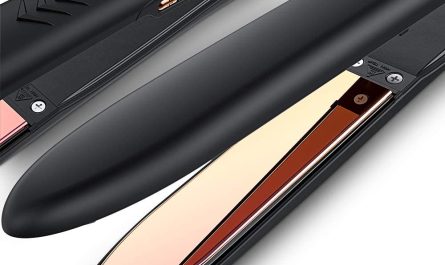Introduction: The Puzzling Phenomenon of a Self-Turning Sonicare Toothbrush
Finding your Sonicare toothbrush turning on by itself can be a perplexing situation. This unexpected behavior can leave you wondering what causes it and how to resolve the issue. In this comprehensive guide, we will delve into the possible reasons behind a self-turning Sonicare toothbrush and provide specific strategies to troubleshoot and address the problem. By understanding the potential causes and implementing the appropriate solutions, you can regain control over your toothbrush and maintain its optimal functionality.
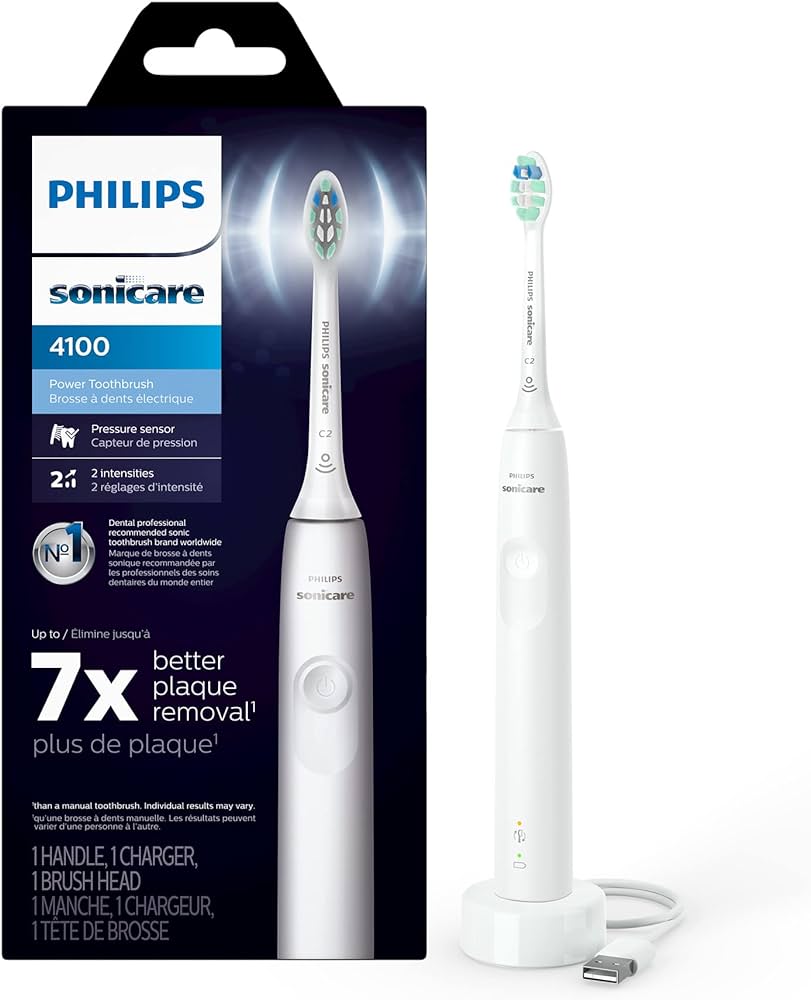
-
Identifying Possible Causes
Examining potential causes can help uncover why a Sonicare toothbrush turns on by itself:
a. Defective power button: A faulty power button may intermittently make contact and activate the toothbrush without any physical interaction.
b. Moisture or water exposure: Moisture or water droplets can accumulate near the power button or within the toothbrush, causing accidental activation.
c. Electrical interference: External electronic devices or electromagnetic fields may interfere with the toothbrush’s power function, triggering it to turn on spontaneously.
d. Internal circuitry issues: Faulty internal circuitry, which controls the power mechanism, can cause the toothbrush to activate unexpectedly.
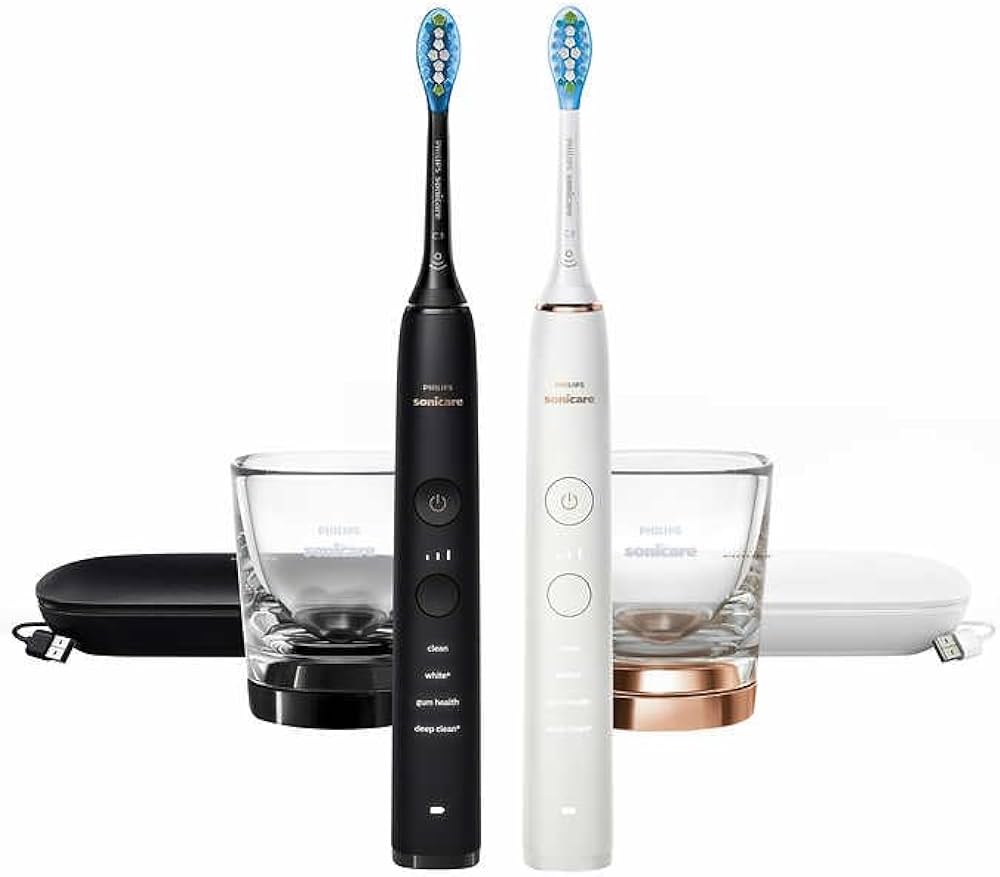
-
Assessing the Power Button
Begin troubleshooting by examining the power button of your Sonicare toothbrush:
a. Inspect for physical damage: Check for any visible signs of damage, like cracks or dents, that may interfere with the power button’s operation.
b. Clean the power button area: Use a soft, slightly damp cloth to clean the power button area, removing any debris or substances that may impede its function.
c. Dry the toothbrush thoroughly: Ensure the toothbrush is completely dry before use, as moisture or water droplets near the power button can contribute to accidental activation.
-
Protecting from Moisture and Water Exposure
To prevent accidental activation due to moisture or water exposure, follow these guidelines:
a. Wipe the toothbrush handle after use: After brushing your teeth, gently dry the toothbrush handle with a clean, dry cloth to remove any moisture.
b. Store the toothbrush upright: When not in use, store your Sonicare toothbrush in an upright position, allowing any residual water to drain away from the power button area.
c. Avoid submerged storage: Do not store the toothbrush in water or submerged in a cup, as this can lead to water seepage and potential malfunctions.
d. Keep the power button area dry during cleaning: When cleaning the toothbrush, avoid excessive water contact with the power button area. Instead, use a damp cloth or a toothbrush-specific cleaning solution to clean the handle.
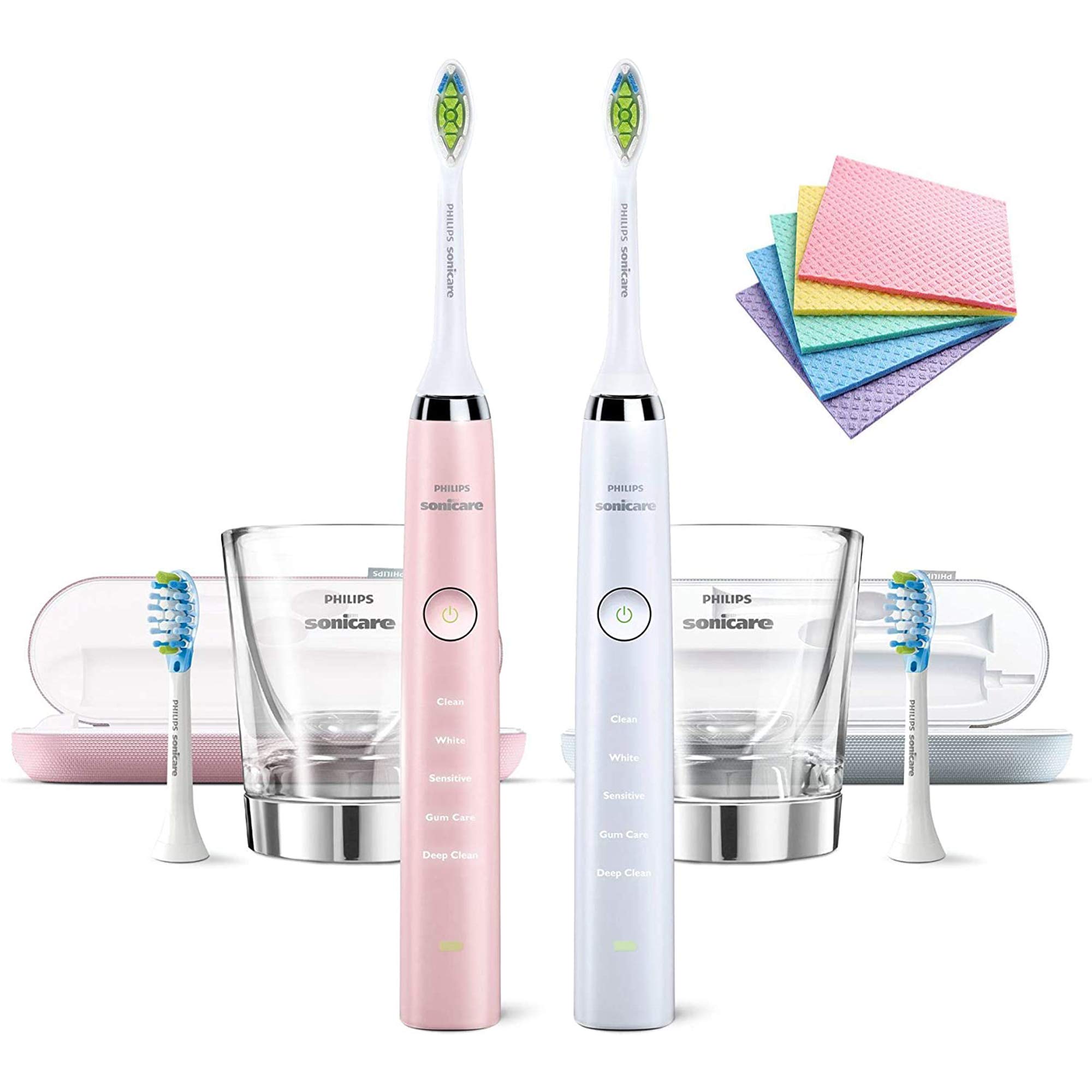
-
Addressing Electrical Interference
Interference from other electronic devices can cause accidental activation of your Sonicare toothbrush:
a. Relocate electronic devices: Keep your toothbrush away from other electronic devices, such as mobile phones, charging pads, or wireless speakers, as their electromagnetic fields may interfere with the toothbrush’s power function.
b. Charge the toothbrush separately: If your Sonicare toothbrush features a charging stand or base, ensure it is placed away from other charging devices or electronic equipment to avoid potential interference.
c. Isolate the toothbrush during use: While using the toothbrush, avoid contact with other electronic devices. Holding the toothbrush away from electronic devices reduces the likelihood of interference.
-
Seeking Professional Assistance
If the self-turning issue persists despite the previous troubleshooting steps, professional assistance may be necessary:
a. Contact Sonicare customer support: Reach out to the Sonicare customer support team, providing detailed information about the self-turning issue. They can offer guidance specific to your toothbrush model and recommend further troubleshooting or provide warranty or repair information.
b. Consult a dental professional: A dental professional may be able to offer insights based on their experience with Sonicare toothbrushes. They can provide suggestions or refer you to appropriate resources for further assistance.
-
Resetting the Toothbrush (if applicable)
Some Sonicare toothbrush models feature a reset function that might help resolve self-turning issues:
a. Consult the user manual: Review the user manual specific to your Sonicare toothbrush model. Look for information about a reset procedure or any steps to address unexpected power activation.
b. Perform the reset: If a reset procedure is provided, carefully follow the instructions. This may involve pressing specific buttons or sequences to restore the toothbrush to its default settings.
c. Observe if the issue is resolved: After performing the reset, monitor the toothbrush for any changes in behavior. If the self-turning problem persists, consider further troubleshooting or seeking professional assistance.
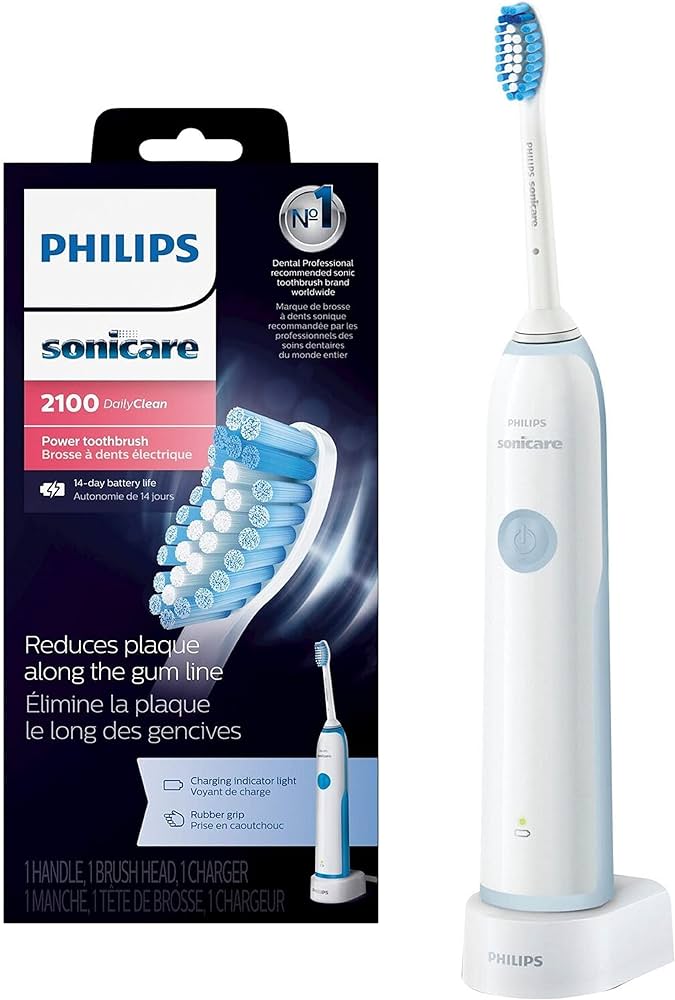
-
Monitoring and Ensuring Proper Functionality
After implementing the recommended solutions, it is important to continuously monitor your Sonicare toothbrush to ensure that the self-turning issue has been fully resolved:
a. Observe regular usage: Pay close attention to the toothbrush during your regular brushing routine. Confirm that it only turns on when prompted by you and does not exhibit any unexpected behavior.
b. Note changes or recurrent issues: If you notice any recurring self-turning incidents or changes in the toothbrush’s behavior, document those instances and consider seeking additional professional assistance or contacting Sonicare customer support for further guidance.
c. Regular maintenance and cleaning: Stay vigilant about maintaining and cleaning your Sonicare toothbrush. Regularly inspect the power button area, clean it gently, and ensure that the toothbrush is kept dry to minimize the risk of future self-turning incidents.
-
Consider Upgrading or Replacing the Toothbrush
In cases where all troubleshooting steps have been exhausted and the self-turning issue persists, it may be worth considering an upgrade or replacement for your Sonicare toothbrush:
a. Assess the age and condition: Evaluate the age and overall condition of your toothbrush. If it is significantly old or has endured heavy use, the self-turning issue may be a sign of internal wear or irreparable malfunctions.
b. Research newer models: Look into the latest Sonicare toothbrush models and their features. Consider upgrading to a newer version that incorporates enhanced technology and improved functionality, including advanced power buttons and additional protection against accidental activation.
c. Warranty considerations: If your Sonicare toothbrush is under warranty and the self-turning issue persists despite troubleshooting efforts, reach out to the manufacturer to explore warranty coverage options, including repairs or replacements.
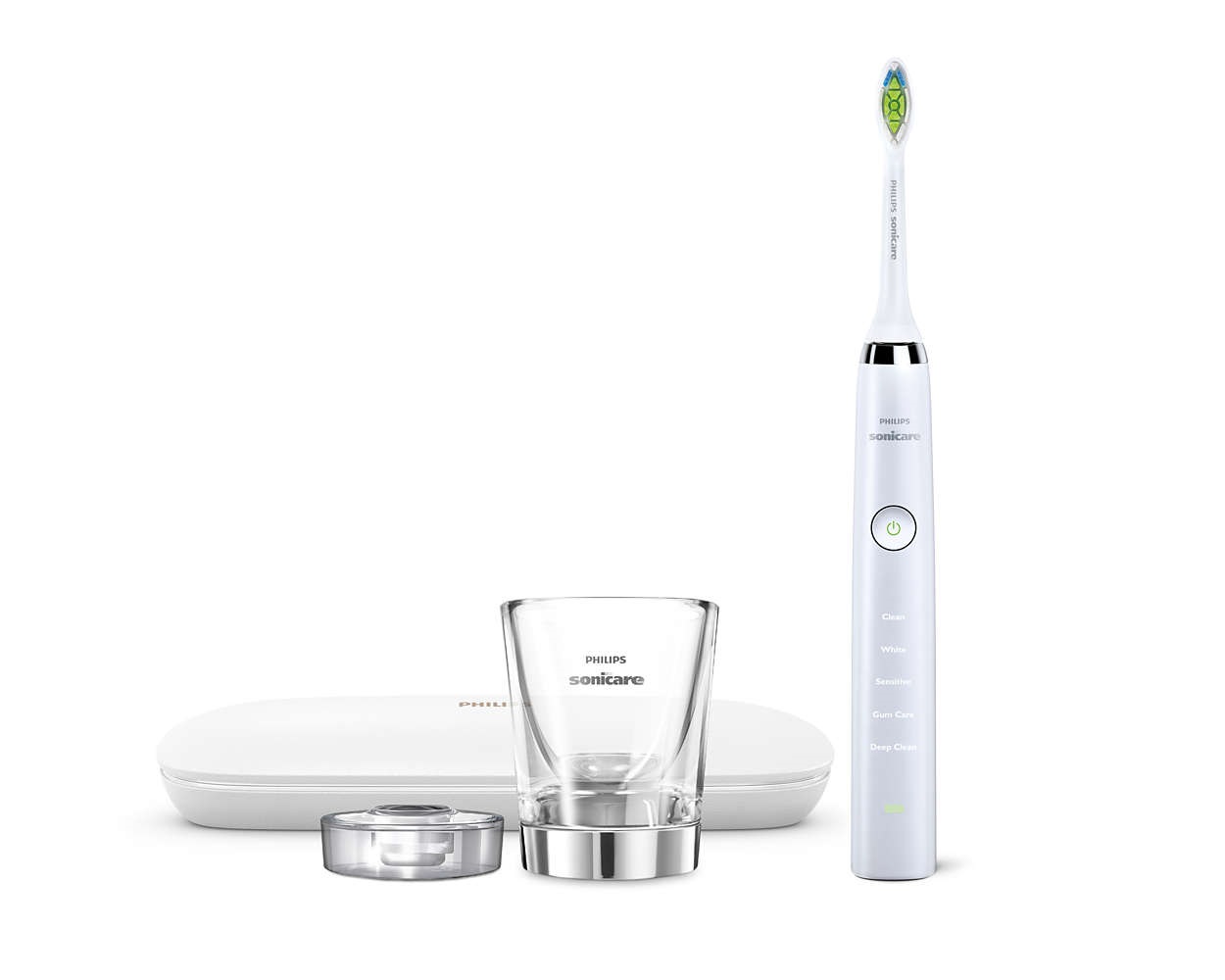
Conclusion: Conquering the Self-Turning Mystery
Dealing with a Sonicare toothbrush that turns on by itself can be frustrating but understanding the potential causes and implementing appropriate solutions can help resolve the issue. By assessing the power button, protecting from moisture and water exposure, addressing electrical interference, and seeking professional assistance if needed, you can effectively troubleshoot and conquer the self-turning mystery. Maintain good oral hygiene practices, follow manufacturer guidelines, and leverage resources available, such as customer support or dental professionals, to ensure the optimal functioning of your Sonicare toothbrush. With diligent attention and appropriate troubleshooting, you can enjoy the benefits of your Sonicare toothbrush without any unexpected automatic activations.


